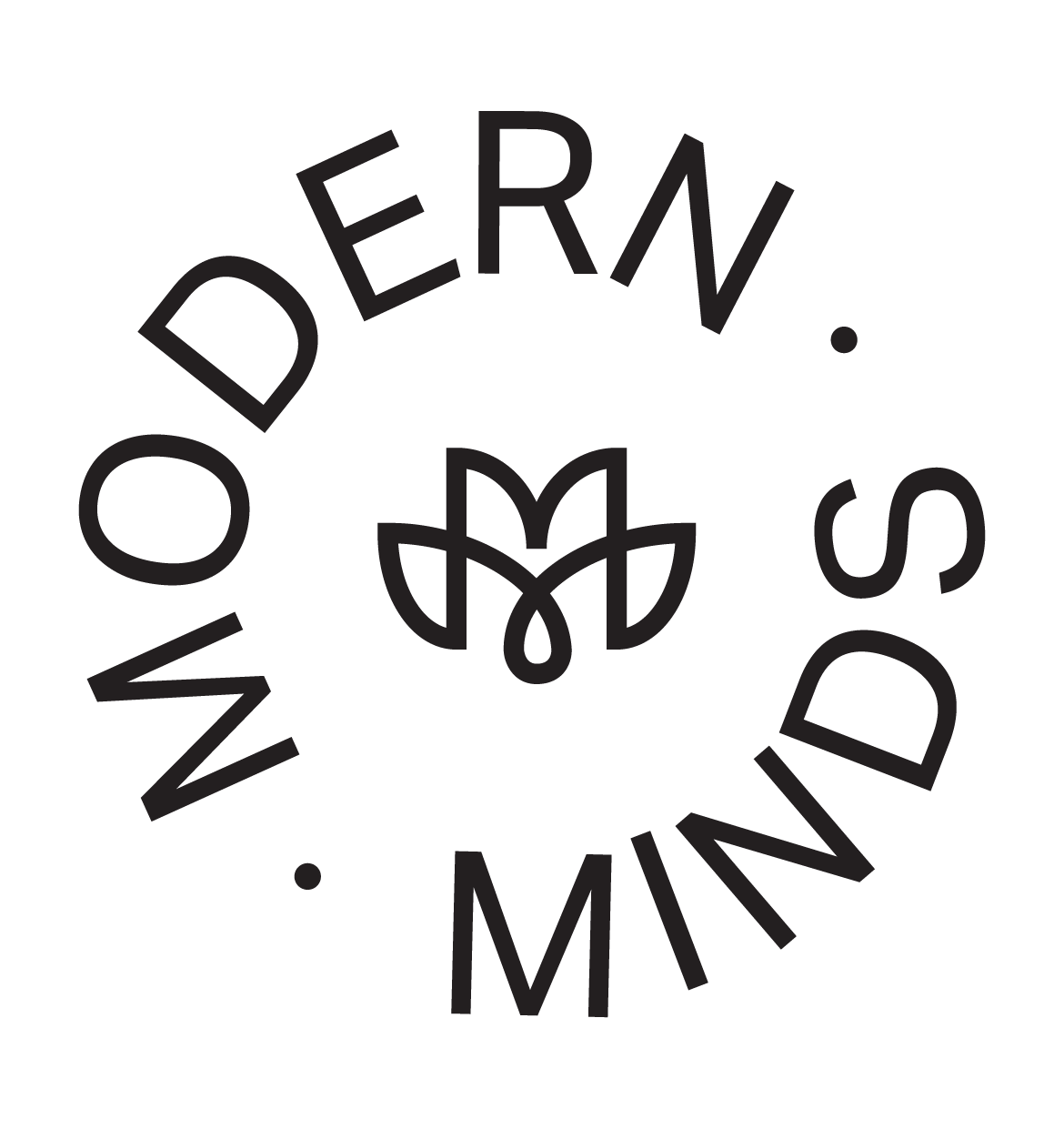Recognising Dissociation: What It Feels Like and How to Begin Healing
Sometimes we move through life with a soft blur around the edges, as if we’re watching ourselves from just a little too far away. This quiet disconnection can be a sign of dissociation. It’s one way the mind tries to shield us. And with time, it can be gently understood and healed.
Signs You Might Be Dissociating
Noticing the disconnect
Dissociation isn’t always dramatic. It can feel quiet, almost invisible. Some common signs might include:
Feeling like you’re observing your life rather than living it
Zoning out in the middle of a conversation
Forgetting parts of your day or how you got from one place to another
Feeling emotionally numb or distant
Struggling to stay present, even in moments that matter
Recognising dissociative symptoms in daily life
We might not realise we’re dissociating because the experience blends so easily into our routines. Maybe you arrive home but don’t remember the drive. Maybe someone shares something important, and you nod, but your mind feels miles away. You might sit through an entire day of work or study without feeling like you were truly there. These moments can seem small or easily dismissed, but they’re worth noticing.
Dissociation looks and feels different for each of us. For some, it’s a momentary escape. For others, it’s a more ongoing sense of disconnect. It can be subtle or intense, and often hard to explain. What matters is that if we recognise it, we can begin to respond with awareness and care.
Why Does Dissociation Happen?
Understanding the root
Dissociation often begins as something protective. When experiences become too overwhelming, especially early in life, the nervous system finds ways to cope. Sometimes that means disconnecting from the full weight of a moment. We don’t always choose it consciously. It’s the body stepping in, softening the impact by pulling us slightly away. This quiet “checking out” helps us get through what might otherwise feel unbearable. Over time, that response can become more familiar than we realise.
What can cause this?
There isn’t one single reason dissociation happens. It might come from living in an environment where emotions felt unsafe or too much. It might be shaped by childhood trauma, emotional neglect, or even a one-off experience that left a lasting mark. For some, it’s growing up with constant stress, never quite knowing what to expect at home. For others, it’s connected to a specific event that felt too big, too fast. Even if we can’t name the moment it began, our nervous system remembers. Dissociation is how it tried to help us stay safe.
How to Begin Healing
Creating safety in the present
Healing often starts by gently anchoring into the here and now. This might look like placing your feet on the ground, noticing the feel of your clothing, or describing objects in the room out loud. These small practices can help your nervous system feel steadier. Safety doesn't need to be loud. It can be quiet and familiar.
Reconnecting with support
You don’t have to do this alone. Trusted people can hold space without needing explanations. This might be a friend who checks in gently or a therapist who understands what it means to feel far from yourself. Speaking about dissociation may feel strange at first, but you don’t need perfect words. Honest connection is enough.
Gentle steps towards healing
Therapies that support the body and emotions together can be helpful. This could include trauma-informed counselling, EMDR, or somatic work. These approaches don’t force anything. They offer a slow, supported return to yourself. Healing isn’t about pushing through. It’s about listening inward, allowing space for your body to feel what it needs, when it’s ready.
Making room for emotion
When we’ve been disconnected for a while, feeling nothing can feel safer than feeling too much. That numbness is a form of protection. Over time, with patience, emotions may begin to surface again. They often come in waves — sometimes soft, sometimes strong. Let them arrive in their own time, without pressure.
Letting the process take its time
Healing is not something to finish. Some days will feel easier, others more distant. Both are part of the journey. There is no schedule for returning to yourself. Some moments will bring clarity. Others may feel foggy. What matters is your willingness to stay with it, gently and honestly.
It’s Okay to Take Your Time
You’re not doing it wrong
Dissociation can feel confusing, especially when it lingers. But it doesn’t mean something is wrong with you. Often, it’s the mind’s quiet way of coping with what once felt too much. It’s not a flaw. It’s not a failure. It’s something that helped you manage — and it deserves understanding, not judgement.
You’re not broken or alone
These experiences are more common than we often realise. Many of us drift away inside ourselves without ever naming it. You’re not the only one who has felt far from your own life. Even if it feels lonely, you're not alone in this. You’re still here, even if it sometimes feels like you’re not.
Let it take the time it takes
Healing doesn’t have a schedule. Some days you may feel grounded and clear. Other days might feel slow or heavy. That’s all part of it. Be gentle with the parts of you that are still learning how to stay. Growth happens quietly, and it’s allowed to take up space. Let presence return in its own time.
You’re Still Here
Even when the mind drifts, presence remains close. Return begins by noticing the breath, feeling the ground beneath the feet, naming objects in the room, or reaching for familiar textures. Each small act of awareness is a quiet step back into connection.
